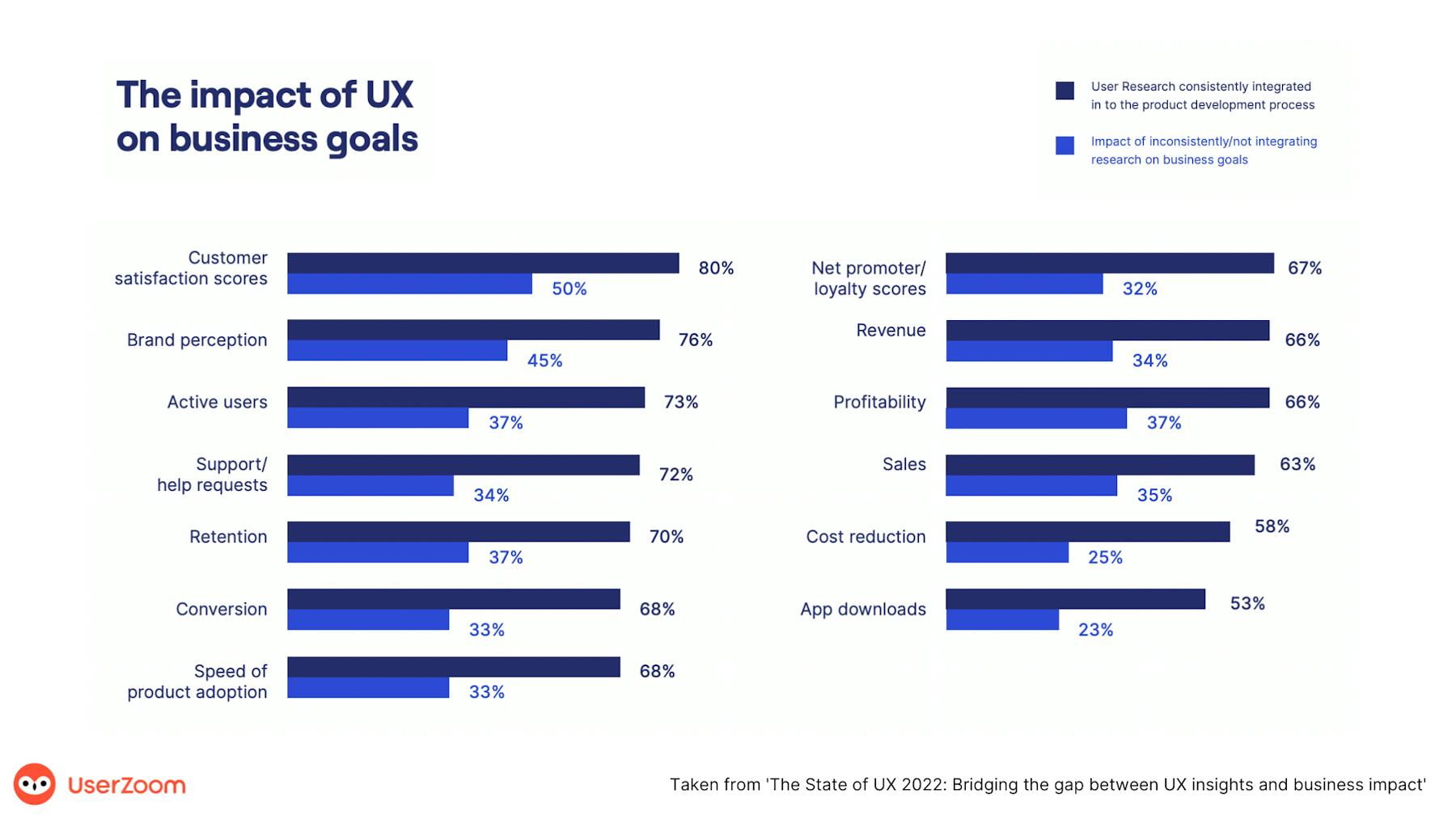
A UX checklist for FCA Consumer Duty compliance

In May 2021, the UK Financial Conduct Authority (FCA) formally announced its new Consumer Duty—a set of rules designed to provide better outcomes for retail customers, particularly when purchasing financial products, but with wide-ranging implications for businesses in almost every consumer-facing industry in the UK.
The impact of FCA Consumer Duty
The Consumer Duty is the most significant regulatory overhaul in financial services in the last decade, requiring a comprehensive review across products, marketing, customer service, and digital operations.
Key Outcomes of Consumer Duty:
- Fair Value: Consumers receive fair prices and quality.
- Suitability and Treatment: Consumers get suitable products and good treatment.
- Confidence: Consumers have high confidence and participation in markets.
- Access: Diverse consumer needs are met.
Ensuring compliance can be daunting but manageable. Instead of a wholesale change, businesses should review existing messaging and legal agreements, followed by user research for each product and messaging framework. This approach allows for continuous improvement and structured compliance without disrupting operations. Implementing a testing cycle ensures a repeatable and measurable process, providing long-term ROI.
High-quality, accessible experiences are now business-critical and regulated, essential for both current and prospective customers.
What are the key deliverables?
The Consumer Duty requires four key deliverables.
While they may initially seem daunting, we can break the process down and tie each to a particular facet or type of user research.
1: Ensuring communications are simple and give customers the information they need to make good decisions
Begin with the sales process by ensuring your marketing department aligns marketing copy and sales collateral to be accessible and easy to understand. Beyond initial materials, conduct a thorough review to cover additional communication like automated onboarding emails, technical or legal copy, and website instructional content.
Ongoing communications are crucial. For example, UK adults with long-term investments, like pensions, need clear, comprehensible updates to match their changing needs. This applies to cash savings, invested products, and insurance communications.
Remember, effective communication includes text, images, sound, video, and customer journey mapping, all influencing customer expectations.

By moving beyond traditional methods such as A/B testing, and instead running more advanced multivariate testing, it is possible to receive feedback at scale on particular elements.
Depending on the range of products, services, or journeys offered, automated participant recruitment can ensure you are receiving enough feedback to ensure reliable data from a wide range of users.
2: Designing products in a way that enables terms to match needs
We’ve spoken extensively in the past about the value created by integrating user research into the entire product cycle, and that includes design.
In fact, we found that digital experience teams that consistently integrate user research in product development report a positive impact on customer satisfaction (80% to 50%) and brand perception (76% to 45%), compared to those that don’t - a margin change of +30 points!

UX has a powerful impact on business goals across the board.
3: Enhancing customer service through proactive support, east compliant registration, and seamless product switching
There is a particular focus here on the different needs of customers including vulnerable customers who are more at risk of harm. Again, customer feedback is your ally here. Accessibility testing, combined with regular, ongoing customer surveys can help identify key channels that your customer service needs to be active on.
More importantly, it will allow you to analyze the journey paths customers need to take to register feedback - positive or negative, to make them as frictionless and effective as possible.
4: Price products and services in a way that reflects fair value, without excessively high fees
Finally, we come to price and ‘value’, which can be a subjective term at the best of times. In any dispute, the most effective response is a root cause analysis of complaints received.
A response from a single customer may be simply bad luck, but if you can uncover similar themes and issues from a number of customers through your user testing, it becomes much easier to address and fix any problems.
Evidence and measurement
Of course, implementing user testing and acting on the feedback you receive is just part of the process. You’ll also need to think about ways you can measure impact and - perhaps most importantly when reporting to a regulatory body like the FCA: evidence your work. Fortunately, there are a number of tools and existing frameworks you can use, each providing a clear view of particular aspects of your testing and implementation.
Research repositories:
A research repository acts as a ‘single point of truth’ for all of your research, and allows you to share the insights you’ve gathered across multiple teams.
These have value for many reasons - not least reducing the amount of duplicated testing which can occur otherwise - including freeing up time for your research team to concentrate on more strategic projects, something that is imperative if you have a number of products and services to address.
If the need arises to defend against challenges from a regulatory body, then a repository is a perfect way to evidence completed work, as well as live projects.
QXScore:
Various frameworks exist for user experience measurement, but let’s focus on QXscore, which combines a range of metrics and measurements.
At UserTesting, we noticed that behavioral (what users do) and attitudinal (how users feel) metrics are often siloed, making it difficult to see the full picture. For instance, you may know users don’t click a button on your website but not understand why. QXscore helps unify these metrics, identifying broader issues and guiding informed updates.
Using both types of measurements ensures changes are data-driven rather than guesswork. Does the copy need changing? The color? The positioning? Or the entire user journey to that point? QXscore helps answer these questions accurately.

This type of measurement is useful because it can be used to justify particular decisions, but also to show that your entire business is on a path to better overall customer experiences and outcomes.
A UX checklist for FCA Consumer Duty Compliance

Further considerations
For UX design and research teams, The Consumer Duty can be seen as a tremendous opportunity.
It drives forward the argument that ongoing user testing and measurement is a key component of a modern business, and a path to standardized measurement that ties more closely to overall business outcomes.
Choosing the correct testing platform is a hugely important part of the journey to compliance, but beyond this, consultative input can also have a big impact.
Teams across the business will be affected by the Consumer Duty, so ensuring they are receiving good advice from a trusted source, and have access to ongoing training to help them conduct and understand the results of research is imperative.Again, while getting this in place in order to meet a quickly approaching deadline may seem daunting, it’s important to remember that you are not alone in this.
There is plenty of guidance available, and if approached properly, this can be a golden opportunity. The time has never been better to develop a robust testing process and become closer than ever to your customers.

Watch a demo
See how easy it is to get fast feedback on a website, prototype, design, or more in this demo.





